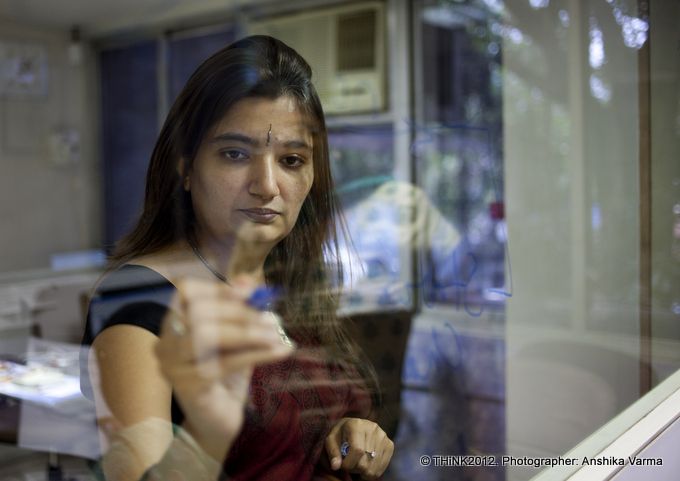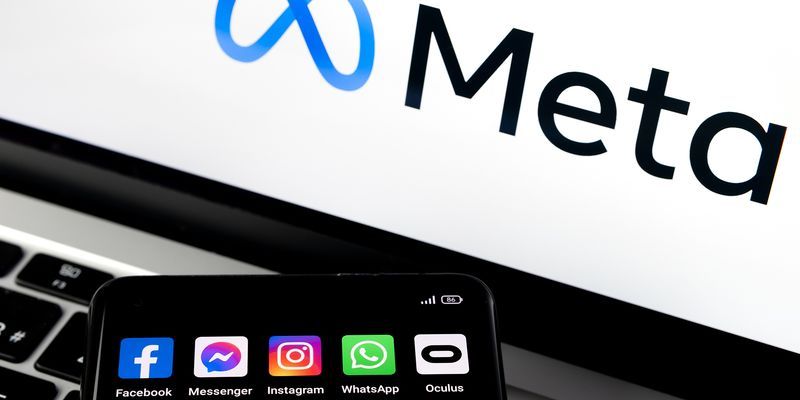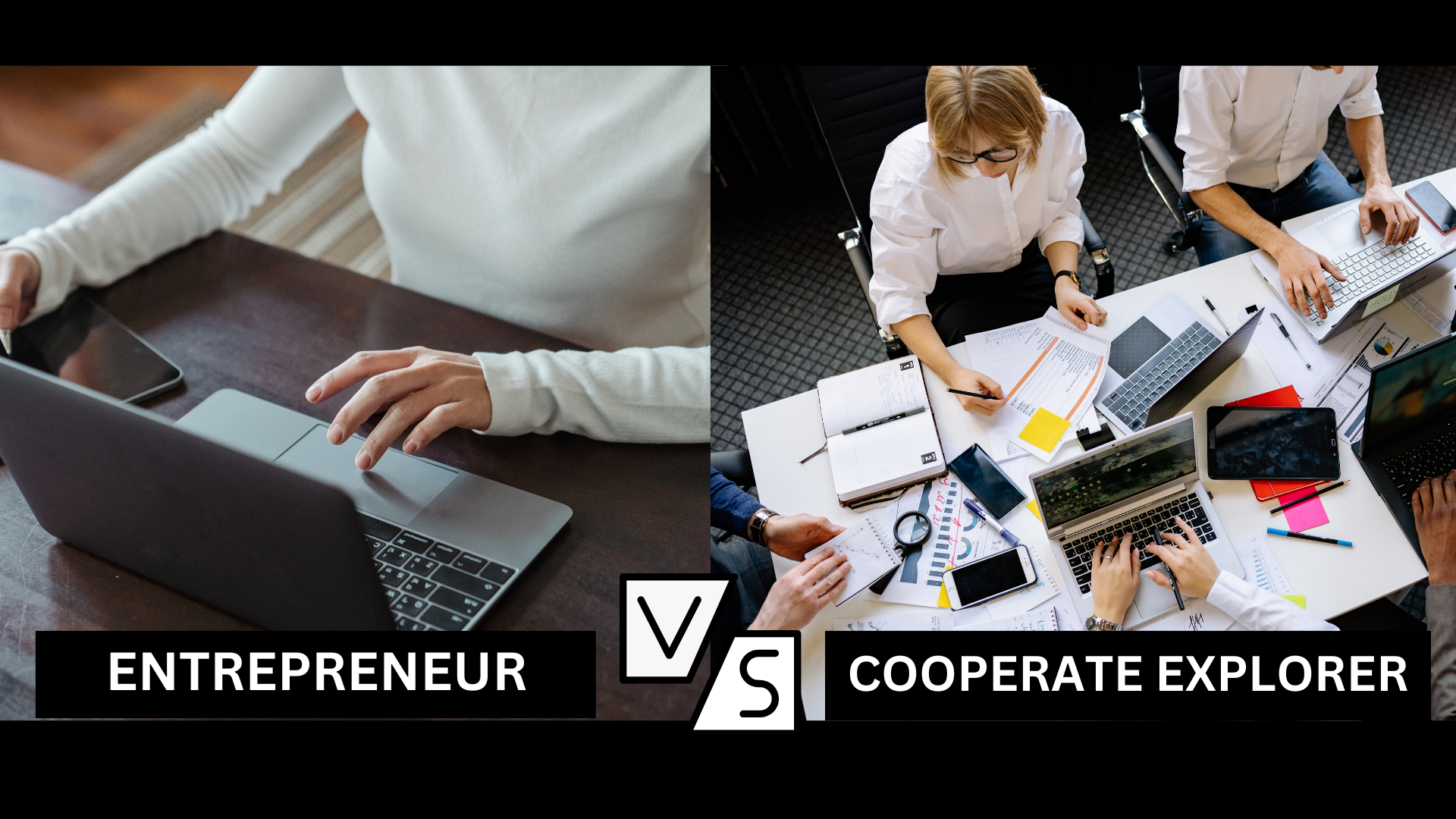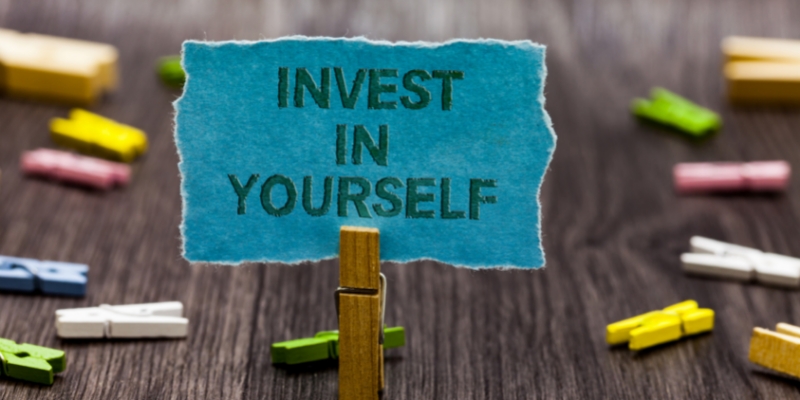'Hear' is the New Frontier
The article has been reblogged from Mahindra Rise. If you have a great idea and need a platform to showcase, please submit your idea for Spark The Rise- and get your project funded.
“I WORKED FOR a server security firm reporting to a gentleman in the US; we used to catch hackers online,” says Shilpi Kapoor. “He was much quicker than I but one day, a security issue came up that he would normally address — and he didn’t. I did what was needed, then asked him what had happened, and I was stunned when he told me he was paralysed neck down and had been using a special technology that enabled him to move the cursor by blowing air into a pipe.

The Challenge
IN THEORY, THEY have the same rights as any other citizen; in practice, they are the true minority that no one sees, hears or represents. Virtually no technologies or practices exist to include them in the mainstream of everyday life; they can’t do things you and I take for granted — pick up the phone and order a pizza, use phonebanking to make a request or yell at a pestering customer care executive. “In India, we build a few ramps and that’s mostly the end of our ‘accessibility’ thinking,” says Mumbai-based Shilpi Kapoor. “If at all anyone focuses on the disabled, it’s mostly the blind. But the hearing impaired are huge sufferers, going through life without understanding and being understood.”
The Idea
IT’S SO SIMPLE, you wonder why no one thought of it before. Sign ‘n’ Talk is a bridge that connects the hearingimpaired with the hearing world via an interpreter who knows sign language — and all it takes is an Internet-enabled computer and a halfway decent camera. Registered users log in to www.signntalk.org, fill in their call details (the name and number they want to call) and connect to the interpreter, who dials the number and interprets the conversation for the hearing-impaired user using sign language. The project is in beta, but already has about 2,500 registered users, who are able to use the phone for the first time ever, thanks to the assistive technology.

“Users make all kinds of calls. We even get people who simply want to talk to their grandmother, something they have never been able to do before,” says Shilpi Kapoor, 39. Currently free, the service offers almost limitless possibilities. “Customer service companies should use it, the government needs to use it to ensure all public enterprises are accessible to the hearingimpaired,” she says. “We are working on finding a model for this that makes business sense,” she says, “otherwise it will never really go big. That’s my focus right now.”
Kapoor, who is a Microsoft Certified Systems Engineer, now employs 60 people — 75 percent of whom are disabled themselves — and works to bring the world’s most cutting-edge accessibility solutions to India at an affordable price.
The Innovator
“I WORKED FOR a server security firm reporting to a gentleman in the US; we used to catch hackers online,” says Shilpi Kapoor. “He was much quicker than I but one day, a security issue came up that he would normally address — and he didn’t. I did what was needed, then asked him what had happened, and I was stunned when he told me he was paralysed neck down and had been using a special technology that enabled him to move the cursor by blowing air into a pipe. The technology had failed him that day, or I would absolutely never have known he was disabled. It made me decide I was going to focus on tech for the disabled.”
The Impact
THE DAY THE government and big private firms adopt this technology, both for customers and employees, is when I will talk about an impact,” says Kapoor. “Of course, the user response has been great. But there are between 12-15 million hearing-impaired users in India and unless a significant percentage of them can access the everyday stuff we take for granted, I won’t quite feel like I have made a difference.”












